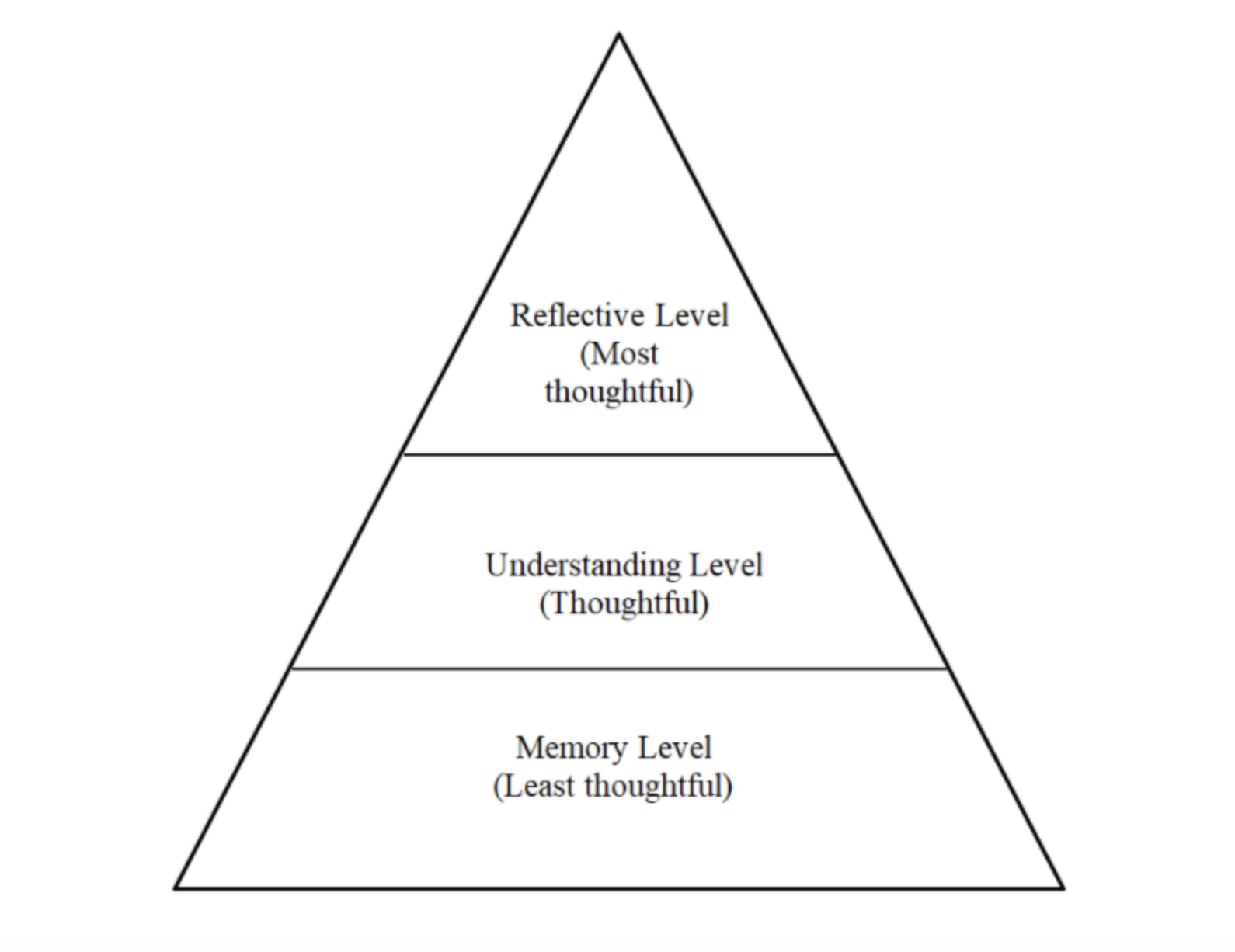Introduction
We have three levels of teaching. In this article, we see how to practice effective teaching and move up the levels of teaching. So let’s get started:
What are the levels of Teaching?
The first level of teaching is mechanical or standard-level teaching. This type of teaching is characterized by a great deal of emphasis on learning and recalling information, such as facts and procedures. It is also referred to as direct instruction, teacher-centred instruction or rote memorization. Memorization can be useful if it involves learning something new, but it becomes less useful as students become more familiar with the topic.
The second level of teaching is the transactional level: here, the focus shifts from “what” to “how” students learn best—that is, what kinds of activities do they most enjoy? The goal here becomes establishing an effective teaching rapport between teachers and students so that both parties will feel comfortable working together toward a common end goal (i.e., mastering a particular subject).
Then comes the final level of teaching-the reflective teaching. The goal is to help students develop their understanding of how to learn, how to organize knowledge in their minds, and how to apply it.
Let’s understand each level of teaching in detail:
Memory level: thoughtless teaching
The first level of teaching is called the “memory” level. The words used at this level appeal to memory and mental ability. They have no insight into what they refer to, nor do they reveal any such understanding. This is a very common type of teaching. It is based on the assumption that students can remember what they hear or read, and they will understand it correctly if they repeat it over and over again.
This level comes at the bottom of effective teaching practice. It is simply concerned with making students understand that there is a difference between good and evil, right and wrong.
One good example of this would be: the teacher gives the student a definition or description of the subject being studied, without going into any details. The student memorizes this information and tries to understand it. When asked to explain it later, he may have no idea what he’s talking about.
Understanding level: thoughtful teaching
At this level, the teacher explains how principles and facts are related and helps students build their thinking. Teachers encourage students to make connections and solve problems using their own knowledge and skills. Cramming (studying for a test without understanding) is discouraged. At this level, teachers should be able to explain the content in different ways so that the student can understand it better.
A good example would be a sports coach who encourages his players by building camaraderie among them rather than constantly criticizing their mistakes; likewise, professors who find ways for all their students’ needs are met (even if this means providing extra tutoring sessions outside class hours).
Reflective level: thoughtful upper teaching
The general characteristics of reflective teachers are
- They can reflect on their teaching process and their effectiveness.
- They have an in-depth knowledge of the subject they teach.
- They are able to use more than one medium to teach a lesson, such as audio, video and text.
One good example of reflective teaching would have students learn how to create their own podcasts or blogs as part of an assignment.
The goal here is not just for students to master the material being taught but also for them to take ownership of their learning and feel confident that they can continue studying on their own once they leave school.
To understand this concept in detail, watch this masterclass on engaging teaching in detail here.
How to get better at teaching and move to a higher level of teaching?
If you are keen on becoming a better teacher and moving to a higher level of teaching, then here are some things you should keep in mind.
- Teachers learn by teaching:
The more you teach, the better you will become as a teacher. You can’t be perfect at teaching from the first time, but anyone can be good at something if they practice enough and get feedback about their performance from their peers or superiors regularly. - Teaching is a profession: and like other professions, it takes years of training and experience before one becomes an expert or master in his or her field of expertise. There are various levels of teachers according to their expertise: beginner-level teachers; intermediate-level teachers, advanced-level teachers; expert-level teachers; master-level teachers; among others. The goal should be to understand where you stand right now relative to what lies ahead. If you continue working hard towards your goal without giving up halfway through due to discouragement caused by setbacks along the way, you’ll surely succeed and become better.
- Take Online courses and enhance your skills. There are many online courses available, and these can help you to enhance your skills. There are also some courses that are designed to learn more and improve your expertise. You can check out some great teaching courses here.
Conclusion
We hope this article was helpful and provided you with some insight into the different levels of teaching. As mentioned before, it is important to not only understand these levels but also know where you stand as a teacher so that you can move up to another level. It may take some time until all three levels are mastered but don’t worry because each level builds upon itself, so once you have reached one level, it will be easier for you in the next one!
